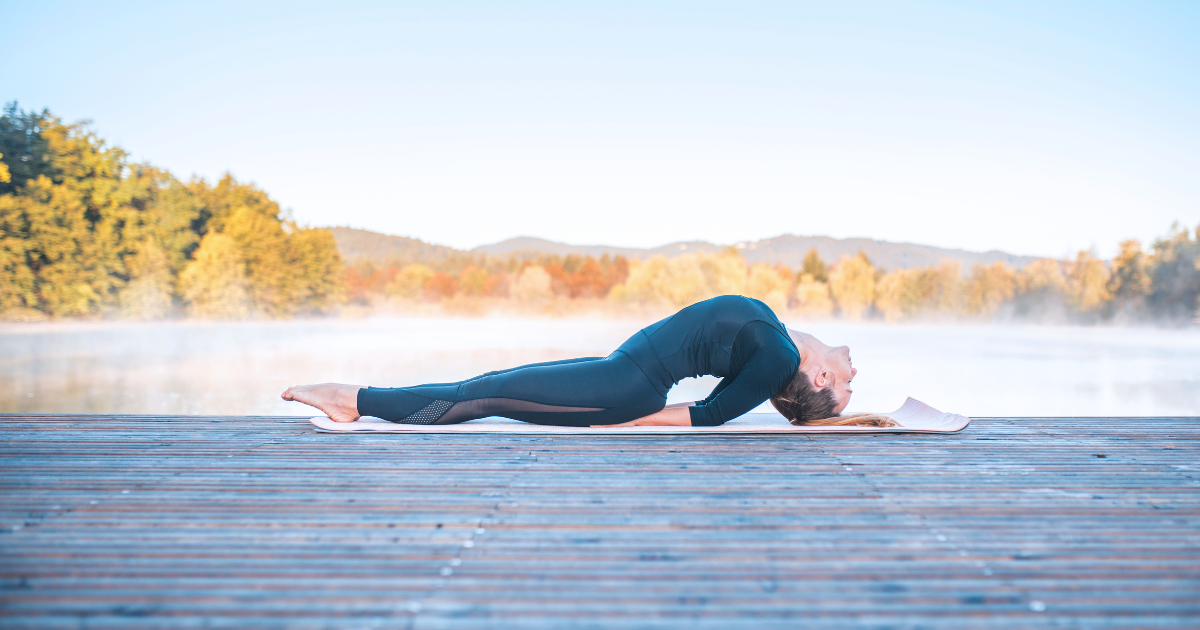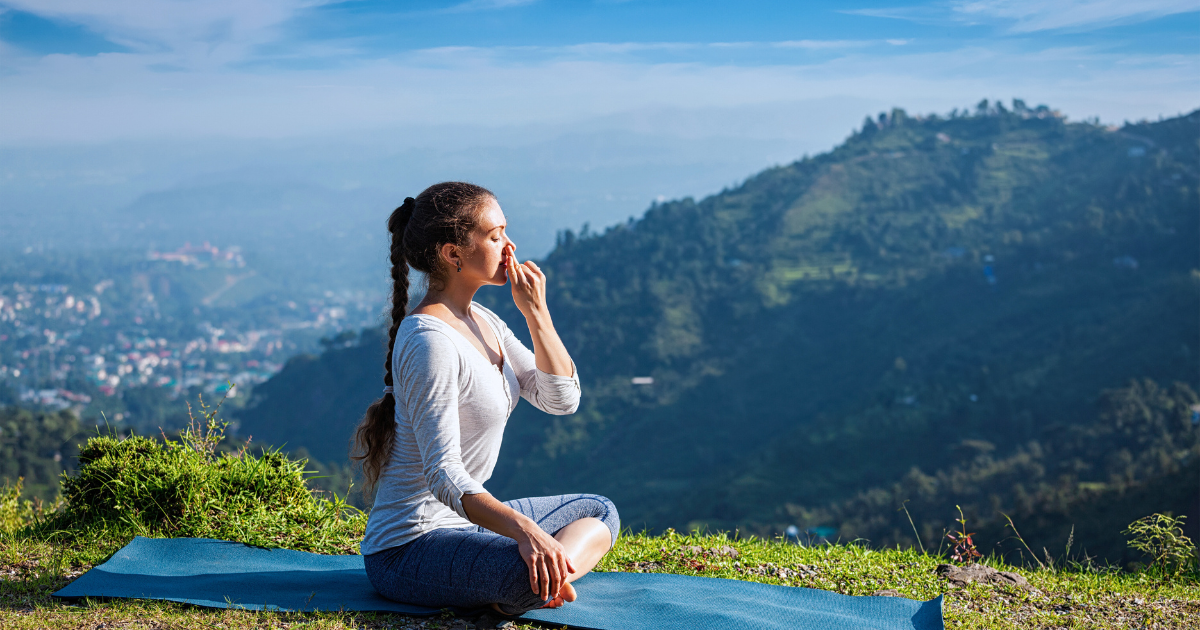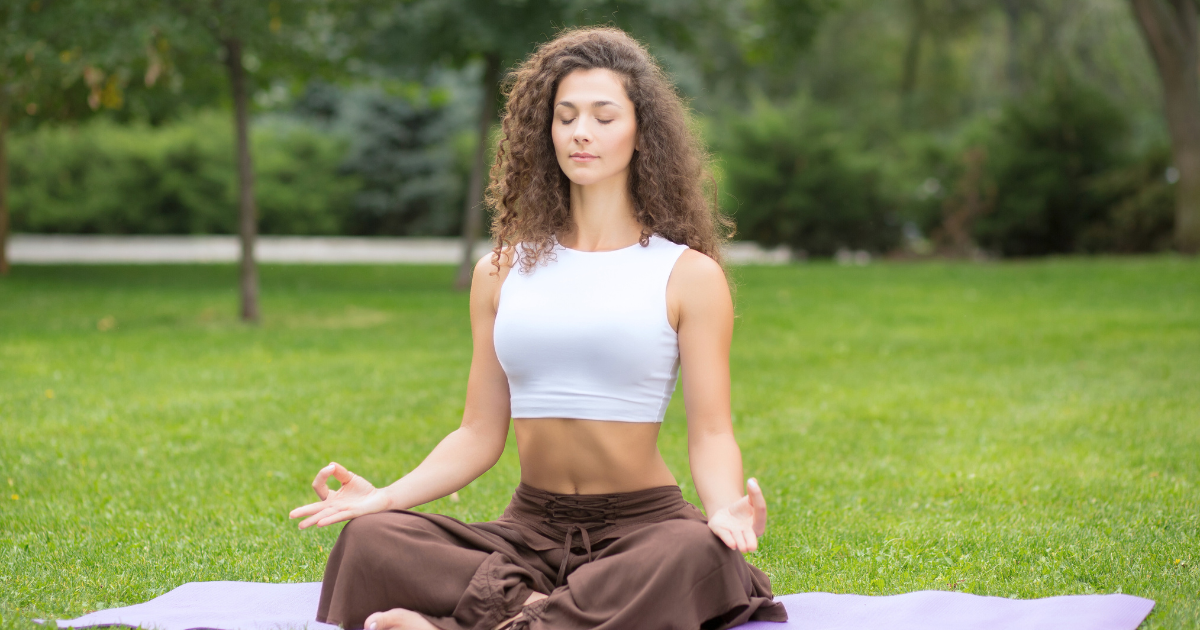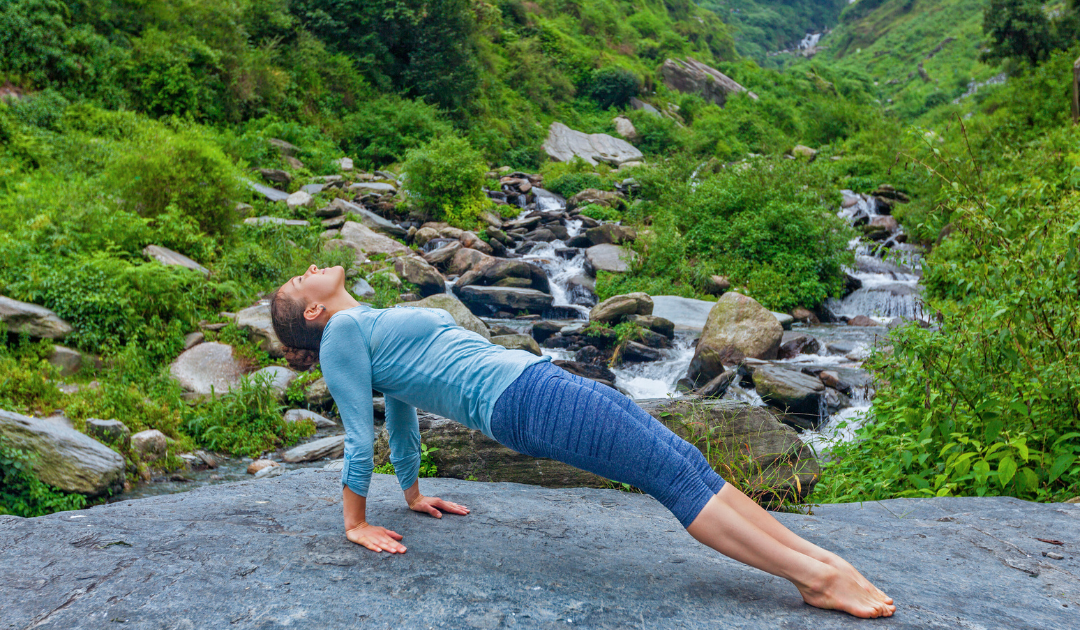Yoga, an ancient practice originating in India, has gained popularity worldwide due to its holistic approach towards physical and mental well-being. Among the various styles of yoga, Hatha Yoga holds a unique position as a foundational practice that focuses on balancing the body and mind through physical postures, breath control, and meditation. Let’s delve into the meaning and history of Hatha Yoga, as well as explore its practice and compare it to other styles.
Meaning and Origins
The term Hatha is derived from two Sanskrit words, Ha meaning sun and Tha meaning moon. Thus, Hatha Yoga represents the union or balance between opposing forces within the body and mind. These forces are often associated with masculine (sun) and feminine (moon) energies, symbolizing strength and surrender, activity and passivity, or effort and ease.

While Hatha Yoga principles can be traced back to ancient texts like the Yoga Sutras of Patanjali, it emerged as a distinct practice in the 15th century with the Natha sampradaya, a sect of yogis in medieval India. These yogis aimed to develop physical strength and vitality in order to prepare the body for rigorous spiritual practices like meditation and self-realization. Hatha Yoga thus became a means to achieve higher states of consciousness through physical purification and control.
The Natha yogis, notably Matsyendranath and Gorakshanath, played a significant role in codifying and popularizing Hatha Yoga.
Matsyendranath, also known as the Lord of the Fishes, is considered one of the founding fathers of Hatha Yoga. He was said to have received teachings directly from the Hindu god Shiva, making him an important figure in the lineage of yoga. Matsyendranath formulated various Hatha Yoga practices, including asanas, pranayama, and Kundalini awakening techniques.
Gorakshanath, a disciple of Matsyendranath, further refined and expanded Hatha Yoga practices. He is often credited with codifying the principles and techniques of Hatha Yoga into structured systems. Gorakshanath’s teachings, compiled in texts such as the Goraksha Samhita and Hatha Yoga Pradipika, continue to be regarded as authoritative sources on Hatha Yoga.
The Natha yogis saw the body as a vehicle for spiritual evolution and believed that the physical practices of Hatha Yoga were essential in preparing the body for higher states of consciousness. They believed that by purifying and balancing the body through asanas, pranayama, and meditation, one could remove physical and energetic blockages, leading to spiritual growth and self-realization.
The Practice of Hatha Yoga: A Detailed Explanation
Hatha Yoga is renowned for its comprehensive approach to physical and mental well-being. Let’s delve into the key practices that make Hatha Yoga unique.
Asanas: As mentioned earlier, the practice of asanas forms the foundation of Hatha Yoga. These physical postures are designed to bring balance, strength, flexibility, and an overall sense of well-being to the body. Through asanas, practitioners learn to cultivate body awareness, improve alignment, and build strength. The practice includes a wide range of postures, including seated poses, standing poses, backbends, inversions, twists, and forward folds.

Pranayama: Hatha Yoga places great emphasis on breath control or pranayama. The breath is considered the bridge between the body and mind, and by regulating the breath, practitioners can influence their physical and mental states. Pranayama techniques involve various breathing exercises, such as deep belly breathing, alternate nostril breathing, and breath retention. These practices help cleanse the energy channels, calm the mind, increase vitality, and improve overall health.

Bandhas and Mudras: Hatha Yoga incorporates the use of bandhas and mudras, which are specific techniques to regulate energy flow in the body. Bandhas are energetic locks that involve subtle muscular contractions in specific areas of the body, such as the pelvic floor, abdomen, and throat. These locks help to redirect and retain energy, enhancing the benefits of the practice. Mudras, on the other hand, are hand gestures or positions that influence energy flow. They are often used during meditation and pranayama to deepen awareness and spiritual connection.
Also see: 7 Best Yoga Mudras for Better Health and Wellbeing
Meditation and Relaxation: Hatha Yoga places great importance on meditation and relaxation practices to cultivate a calm and focused mind. Meditation techniques can range from concentration practices, such as focusing on a single point or a mantra, to mindfulness meditation, where one observes thoughts and sensations without judgment. Relaxation practices, such as Yoga Nidra, help to release tension in the body and induce deep relaxation and rejuvenation.

Philosophy and Ethical Principles: Hatha Yoga incorporates the philosophical teachings of yoga to provide practitioners with a holistic framework for life. It draws inspiration from texts such as the Yoga Sutras of Patanjali and the Bhagavad Gita. These teachings delve into concepts such as the Eight Limbs of Yoga (Ashtanga Yoga) and the ethical principles of Yamas (restraints) and Niyamas (observances). These principles guide practitioners in leading a balanced and virtuous life, both on and off the mat.
Comparing Hatha Yoga to Other Styles
Hatha Yoga forms the foundation for various other styles of yoga, each with its unique emphasis and approach. While Hatha Yoga focuses on harmonizing the body and mind through asanas, breath control, and meditation, other styles may prioritize specific aspects or goals.
Ashtanga Yoga: Ashtanga Yoga, also known as eight-limbed yoga, follows a structured sequence of asanas, breath, and movement. It emphasizes a flowing and dynamic practice that builds strength, flexibility, and stamina. Ashtanga Yoga is physically demanding and suitable for those seeking a challenging physical practice.
Iyengar Yoga: Iyengar Yoga places great emphasis on alignment and precision in the asanas. Props such as blocks, straps, and bolsters are often used to support practitioners in achieving correct alignment. Iyengar Yoga is suitable for people of all ages and abilities, as it allows for modifications to accommodate individual needs.
Kundalini Yoga: Kundalini Yoga aims to awaken the dormant spiritual energy within the body. It incorporates dynamic movements, breathwork, chanting, and meditation to purify the energy channels and activate the Kundalini energy residing at the base of the spine. Kundalini Yoga is known for its transformative and spiritual experiences.
Vinyasa Yoga: Vinyasa Yoga is a dynamic style that synchronizes breath with movement. It involves flowing sequences of asanas, promoting strength, flexibility, and cardiovascular fitness. Vinyasa Yoga offers a creative and energetic practice suitable for those seeking a more vigorous physical workout.
Takeaway
In conclusion, Hatha Yoga has a rich history that dates back centuries and encompasses a wide range of practices. It emphasizes the balance and union of opposing forces within the body and mind. Through physical postures, breath control, meditation, and ethical principles, Hatha Yoga offers a comprehensive path towards physical, mental, and spiritual transformation. By incorporating the practices of Hatha Yoga into our lives, we can enhance our well-being and cultivate a deeper connection with ourselves and the world around us.


